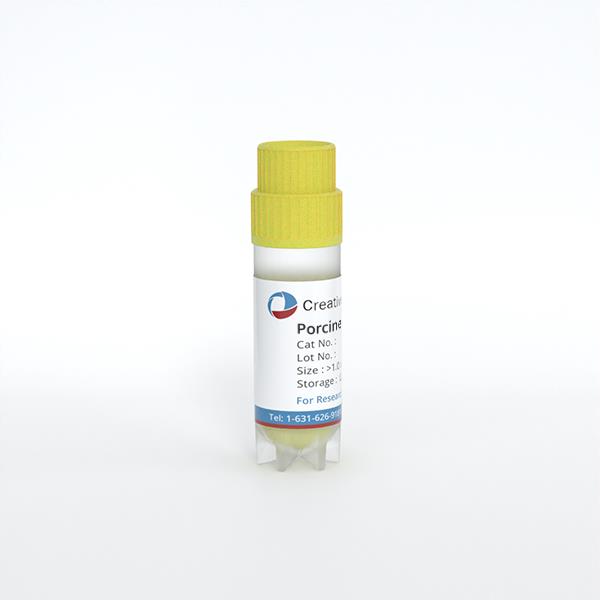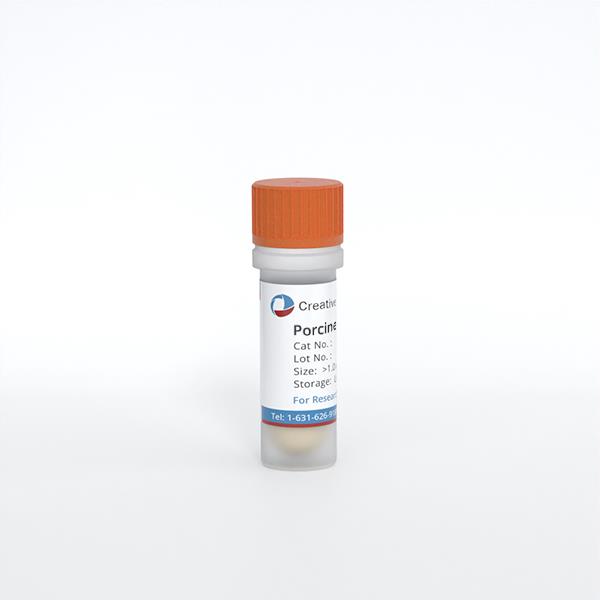ONLINE INQUIRY

Porcine Small Intestinal Epithelial Cells
Cat.No.: CSC-C9253J
Species: Pig
Source: Small Intestine; Intestine
Cell Type: Epithelial Cell
- Specification
- Q & A
- Customer Review
When significant culture contamination occurs, the investigator may attempt to eliminate or control the contamination. First, determine whether the contaminant is bacterial, fungal, mycoplasma or yeast, isolate the contaminated cells from other cell lines, disinfect culture vessels and ultra-clean tables with laboratory disinfectant, and check HEPA filters. High concentrations of antibiotics and antimycotics may be toxic to some cell lines, and thus, dose-response experiments are done to determine the dose levels at which antibiotics and antimycotics produce toxicity. This is especially important when using antibiotics such as amphotericin B and antimycotics such as tylosin.
Ask a Question
Average Rating: 5.0 | 1 Scientist has reviewed this product
Subtlety
The goods we receive correspond to the list, and they have not made any mistakes in this regard.
12 Apr 2023
Ease of use
After sales services
Value for money
Write your own review


